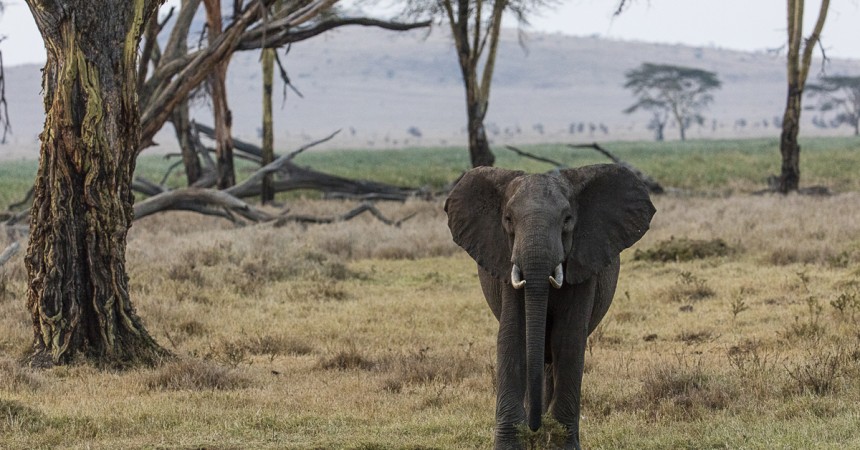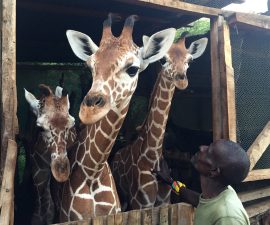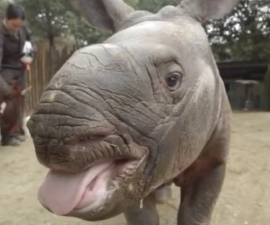In a few short hours, the government of Kenya will destroy more than 100 tons of elephant ivory in an inferno. This will be the largest single stockpile ever to see the torch. Representing more than 8,000 poached elephants, the ivory is worth more than $100 million on the black market, but that is nothing compared to its value while still on the elephant. Revenue generated from ecotourism is important to the economic development of the African continent, and Kenyan officials estimate that each elephant can generate more than 20 times the value of its ivory tusks over the course of its lifetime via ecotourism dollars. Thus, poaching elephants is not just about the loss of wild elephants. It’s also about stealing resources from the people of Africa.
For this reason, Kenya wants to send a message to the world with this ivory burn: elephants are #worthmorealive. You’ll see that hashtag on social media sites today in the run up to the event, scheduled for April 30, 3 p.m. Kenyan time. Many in the conservation world are hopeful that this event draws attention to the serious issue of wildlife trafficking, and to the elephant conservation crisis it is creating.
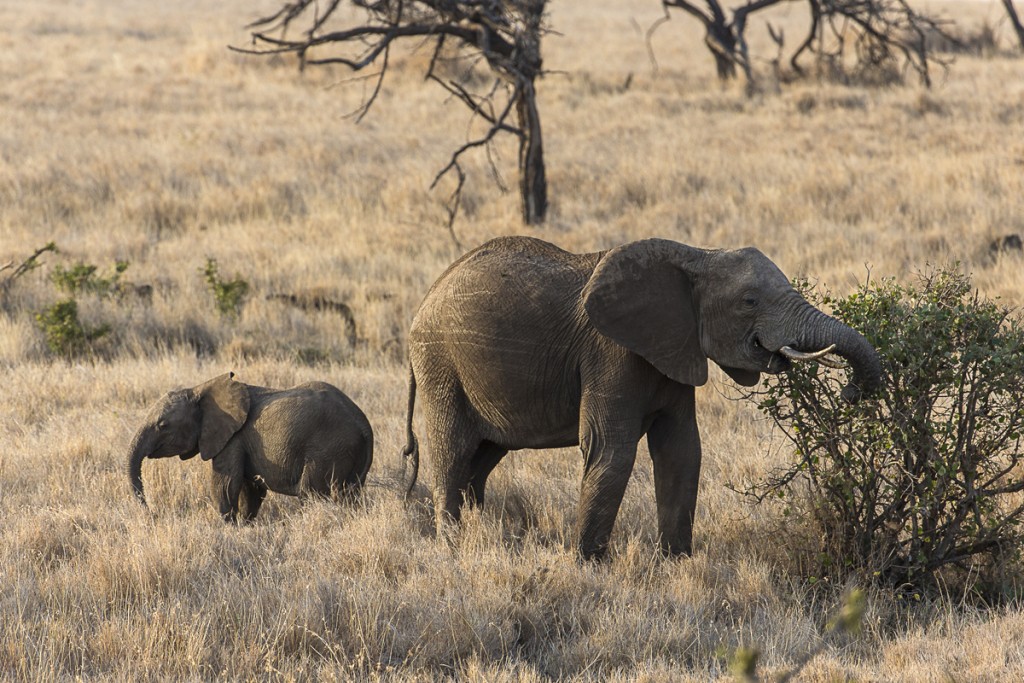
Decades ago, more than a million elephants roamed the plains and forests of Africa. Today, that number has declined to less than half a million. Elephant losses due to poaching have exceeded natural deaths since 2010, and there are more elephants killed than born each year. If the trend continues, we could witness the extinction of the African elephants in our lifetimes. What then would happen to the local communities in Africa that rely on these big mammals for their ability to draw tourist dollars for their livelihoods? People will not be able to turn to other large African mammals, like rhinos, to take their place. Rhinos are also under extreme poaching pressure for their horns. The Kenyan burn will also include more than a ton of rhino horn to be destroyed, along with various wildlife pelts and parts confiscated from the illegal trade.
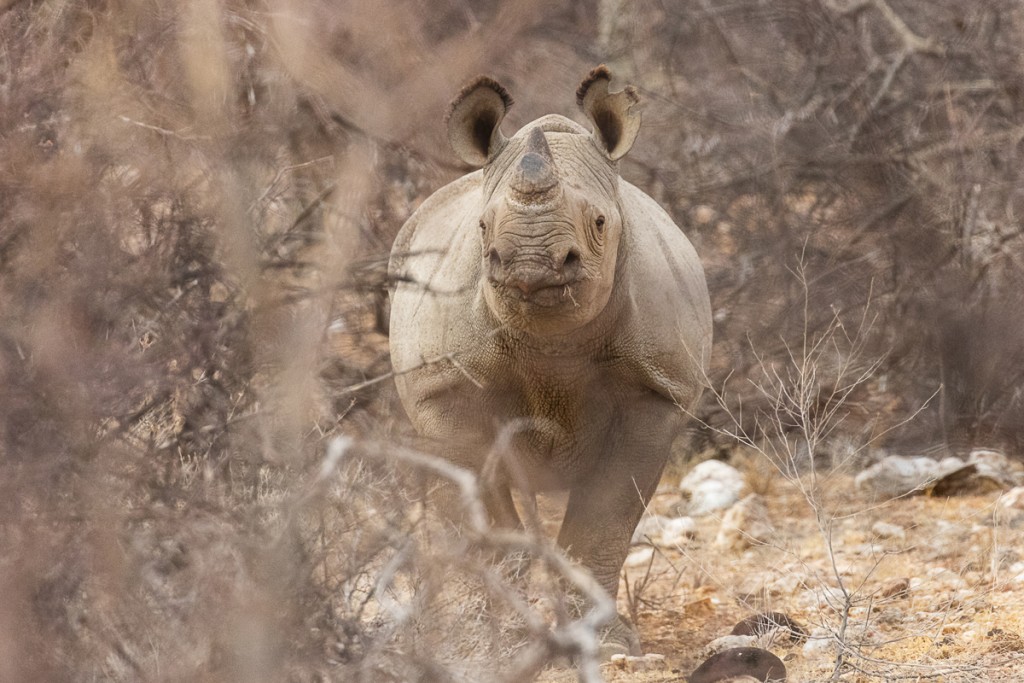
It is sad to think that every pair of tusks burned represents an elephant life, and every horn that goes up in smoke represents a rhino. What a tremendous waste of natural resources it is to see such things destroyed. But if we are serious about putting an end to the wildlife trafficking that is decimating these iconic species, we must remove all possibility of these animal products ever reaching the market. Kenya firmly believes that these animals are #worthmorealive, and at San Diego Zoo Global, we do too. Long may they roam their African homeland.
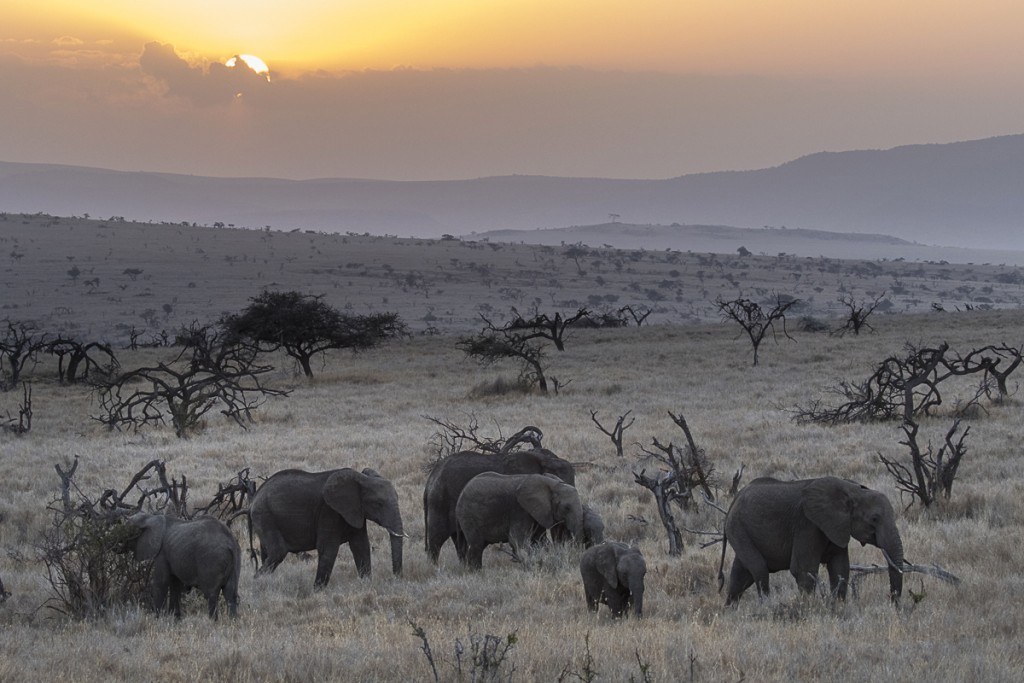
Suzanne Hall is a research coordinator for the San Diego Zoo Institute for Conservation research.

